Zeolite Activation of Organometallics: Anchoring and Decarbonylation Kinetics of Mo(CO)6 in Dehydrated Na56Y Zeolite
Document Type
Article - Merrimack Access Only
Publication Title
Organometallics
Publisher
American Chemical Society
Publication Date
4-2004
Abstract/ Summary
Quantitative temperature-dependent kinetic studies are reported of thermal reactions of Mo(CO)6 that has been newly encapsulated in the R-cages of a Na56Y zeolite host. Under static vacuum, Mo(CO)6 undergoes parallel anchoring and decarbonylation reactions, the latter yielding (OC)3Mo-Na56Y directly and the former resulting in the development of a characteristic six-band spectrum in the C-O stretching region. Kinetic and spectroscopic evidence was obtained for there being two different forms of (OC)3Mo-Na56Y. The activation parameters are unusual, with very low enthalpies and extremely negative entropies, viz. ∆Hq = 40 ± 3 kJ mol-1 and ∆Sq = 185 ± 9JK-1 mol-1 for anchoring and decarbonylation. This contrasts with the typically high enthalpic and positive entropic factors reported for corresponding CO dissociative reactions in xylene (∆Hq = 133 ± 6 kJ mol-1 and ∆Sq = +28 ± 16 J K-1 mol-1) or even the quite unusual values ∆Hq = 61 ± 5 kJ mol-1 and ∆Sq = -139 ± 13 J K-1 mol-1 reported previously for 13CO exchange in Mo(CO)6-Na56Y. It is concluded that the inner surface of Na56Y provides different activating environments for different reactions, behaving as multidentate anionic “zeolate” nucleophiles, with varying numbers of O2- ions participating in highly ordered transition states. A common intermediate, with three O2- ions participating in the anchoring and decarbonylation process, is proposed, one with two O2- ions being proposed for the 13CO exchange reaction. The importance of temperature-dependent time-resolved infrared spectroscopy in elucidating such intimate mechanistic details is emphasized.

